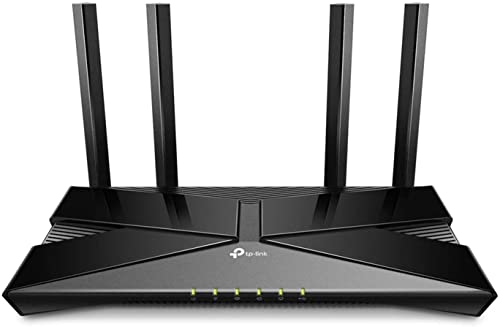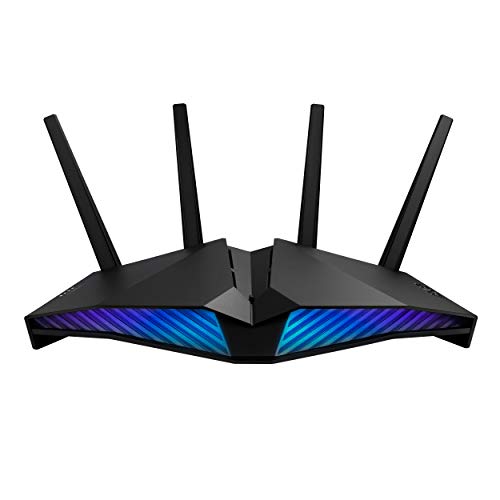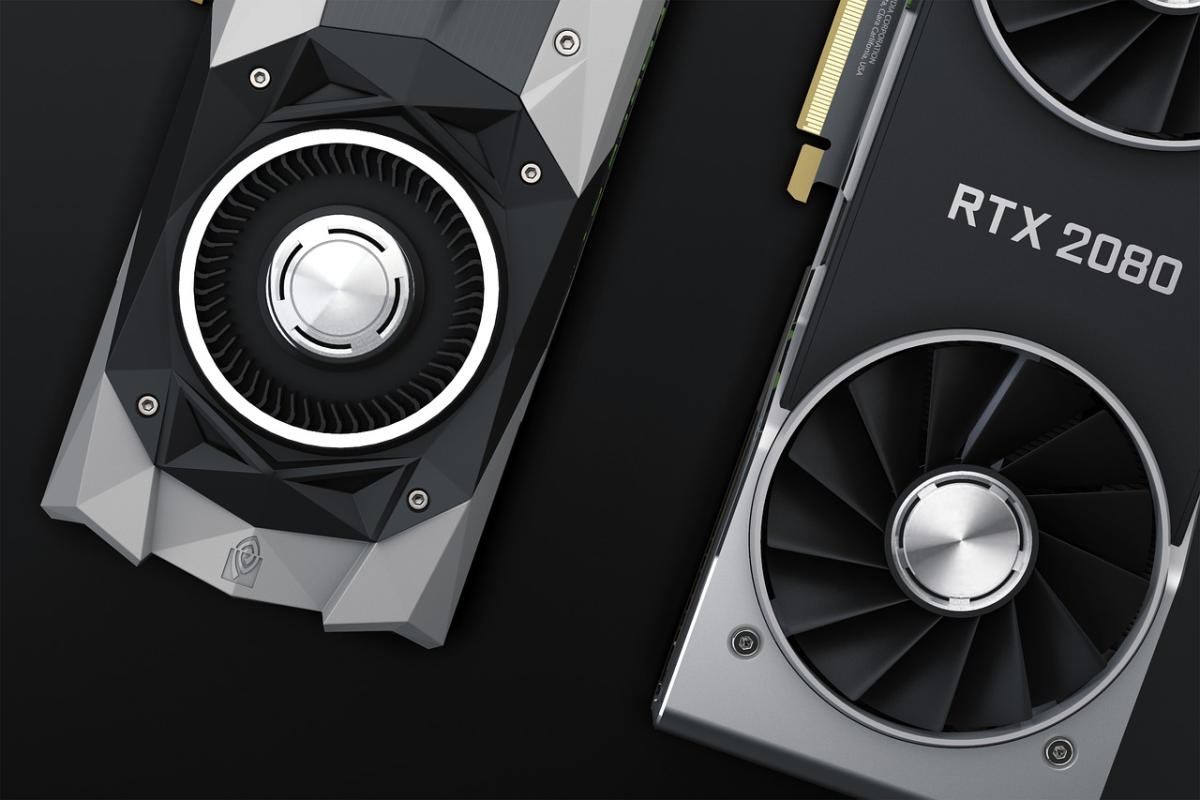**Introduction**
Distributed gaming networks are paving the way for a future where low‑latency, high‑performance gaming is accessible regardless of location. By harnessing the power of edge computing and advanced cloud integration, modern systems can process intensive graphical and computational tasks closer to the user, dramatically reducing latency and improving overall response times. This article explores how distributed gaming networks work and the technological innovations that enable seamless global performance for competitive gamers and content creators.
**Technological Innovations**
- **Edge Computing Integration:**
By processing data at the network’s edge, latency is reduced significantly, ensuring that gaming commands are executed in near real‑time even in remote areas.
- **Advanced Cloud Gaming Protocols:**
Emerging protocols streamline the offloading of computing tasks to cloud servers, balancing the load between local systems and remote data centers for optimal performance.
- **AI‑Driven Network Optimization:**
Machine learning algorithms monitor network traffic and dynamically route data to minimize lag and ensure consistent performance across geographically dispersed nodes.
- **Hybrid Connectivity Solutions:**
Combining the strengths of local high‑performance hardware and cloud resources, these systems create a distributed ecosystem that offers seamless gaming experiences without being tied to a single location.
**Applications and Benefits**
- **Global Multiplayer Gaming:**
Reduced latency and smooth data transfer provide a level playing field for gamers worldwide, enhancing the competitive landscape of esports.
- **Enhanced Streaming and Content Creation:**
Content creators benefit from high‑quality, real‑time processing and streaming, even when working from remote locations or on the move.
- **Scalable Performance for Enterprises:**
Businesses relying on cloud-based gaming and simulation platforms can seamlessly scale their resources, ensuring consistent performance across users.
- **Increased Accessibility:**
Lower local processing requirements allow even less‑powerful devices to access high‑end gaming experiences via distributed networks, broadening market reach.
**Future Directions**
The future of distributed gaming networks will likely include tighter integration with 6G and AI‑driven resource allocation systems, further reducing latency and creating even more robust, resilient networks. As these technologies mature, we can expect a new era of global gaming experiences that are as seamless as they are immersive.
**Keywords:** distributed gaming, edge computing, cloud gaming, low latency, AI‑driven networking, global multiplayer, hybrid connectivity, eSports infrastructure, gaming networks
Distributed Gaming Networks
Leveraging Edge Computing for Global Performance
Related Articles
Essential High-Performance PC Components You Need Now
Upgrade your setup with the must-have parts for unbeatable gaming and productivity
Top Picks for Best High-Performance PCs
Find the perfect power machine for gaming, work, or creative projects
Your Guide to the Best High-Performance PCs
Find the Right PC for Your Gaming and Creative Needs
View our related products
See more



ASUS AX5400 RGB Gaming Router
Asus
Product Review Score
4.75 out of 5 stars
174 reviews$199.99 $171.09



